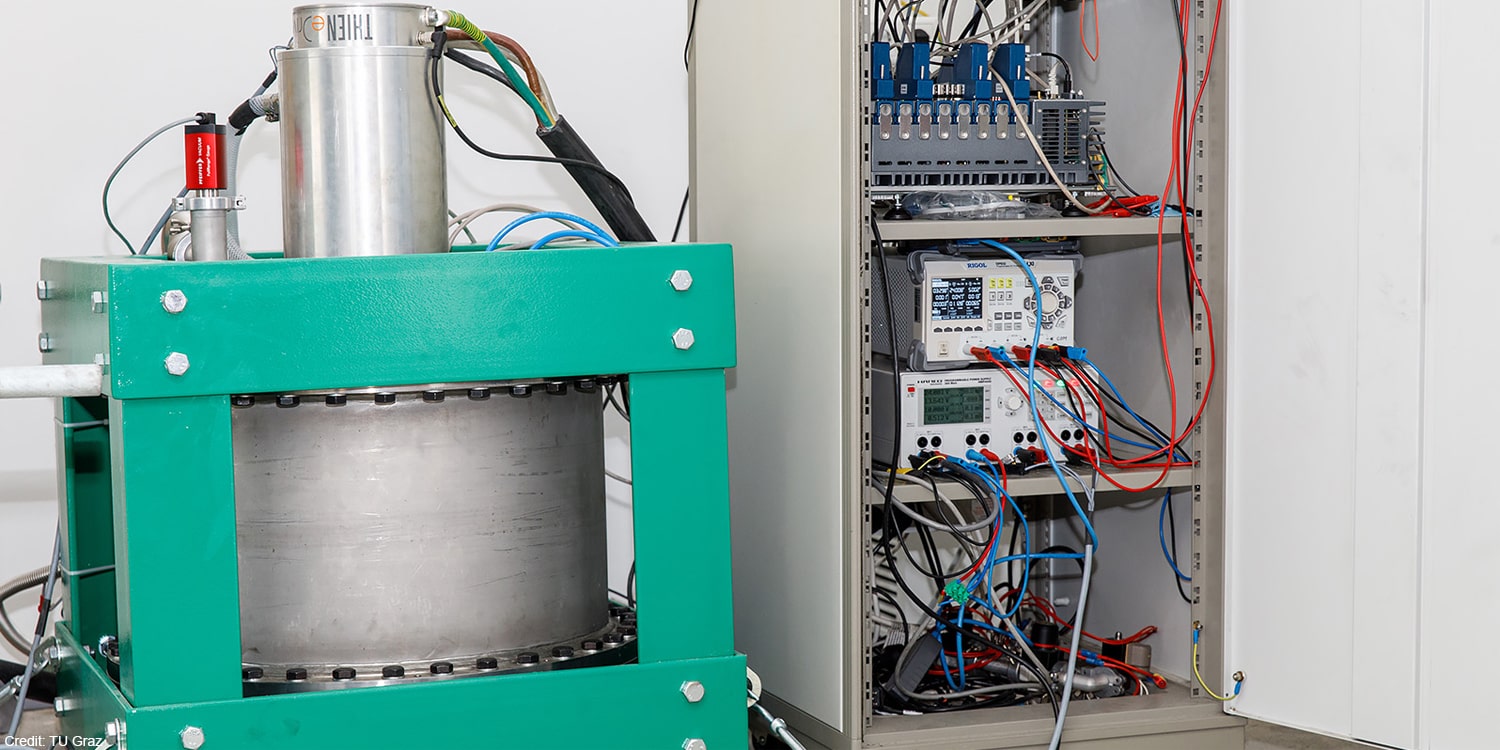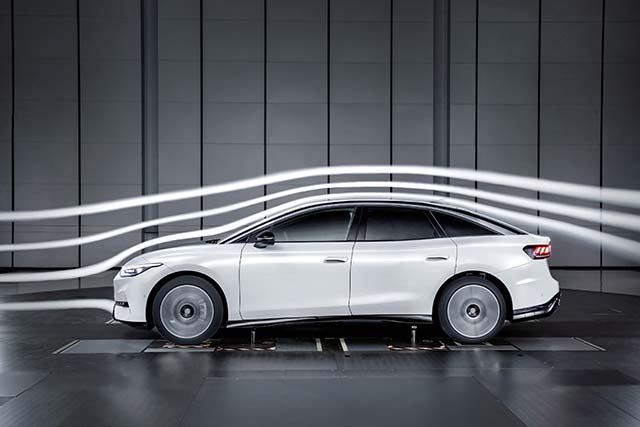Under the leadership of the Technical University of Graz (TU Graz), a consortium comprised of universities, energy providers, companies, and start-ups has recently introduced the prototype of a groundbreaking flywheel storage system known as FlyGrid. This innovative technology, integrated into a fast-charging station, aims to optimize the utilization of renewable energy sources that are inherently variable in nature.
The initial buffer storage system prototype boasts a capacity of 5 kWh and can achieve a charging power of up to 100 kW. TU Graz has expressed confidence that the prototype’s modular design will facilitate the development of larger storage capacities in the future.
The flywheel storage system relies on mechanical energy storage, wherein a rotor—aptly referred to as the flywheel—is accelerated to high speeds using an electric motor, effectively storing energy as rotational energy. When the stored energy is required, the storage unit transfers it to a generator for utilization. To withstand the substantial centrifugal force generated, the rotor is constructed from robust carbon fiber, a crucial factor determining the quantity of energy that can be stored.
The electric motor driving the flywheel is supplied by Thien eDrives. The consortium’s press release highlights their selection of a reluctance motor due to its lack of dependence on magnets or rare earth elements. However, since the motor necessitates a continuous energy supply to maintain the flywheel’s rotation and store energy, the battery discharges in the absence of such a supply. “Without an energy supply, the storage is completely discharged after about 25 hours,” clarifies the consortium. Consequently, the FlyGrid system should be regarded as a short-term storage solution that proves economically viable when energy input and withdrawal are frequent occurrences.
Armin Buchroithner, project leader from TU Graz’s Institute of Electrical Measurement and Sensor Systems, emphasizes the challenges posed by the growing electrification of transportation, heavy industry, and intermittent renewable energy sources to existing power grids. He asserts, “Therefore, it is imperative to provide solutions that both alleviate the strain on the electricity grid and facilitate the widespread adoption of e-mobility.” Buchroithner further adds, “In addition to options such as chemical batteries or pumped-storage power plants, the flywheel storage offered by FlyGrid presents a durable system that delivers exceptional performance. As a result, FlyGrid serves as a valuable addition supporting the transition to renewable energy on various scales.”
Initial testing of the prototype has already been conducted at the University of Leoben in Austria. Following successful trials, the prototype has been transferred to Energie Steiermark, an energy provider, for further real-world testing and refinement. TU Graz proudly underscores that the entire development and production process of FlyGrid took place within Austria, demonstrating the nation’s commitment to technological advancements in sustainable energy solutions.
Beyond energy storage and delivery, the project encompasses a comprehensive approach to the storage unit, taking into account energy supply, grid load management, and charging infrastructure. This holistic perspective is reflected in the intended applications for FlyGrid. The consortium envisions integration with local intermittent energy sources such as photovoltaic systems. Moreover, FlyGrid holds the potential to serve as a mobile fast-charging station, catering to electrified construction machinery, for instance. In the domain of charging technology, project partner Easelink has contributed its fully automated charging system, Matrix Charging.
Financial support for this project has been provided by the Austrian Climate and Energy Fund and is being carried out under the auspices of the “Lighthouses of Electromobility” program. The unveiling of the FlyGrid prototype represents a significant step forward in sustainable energy solutions, offering a promising contribution to the global shift towards renewable energy utilization.







